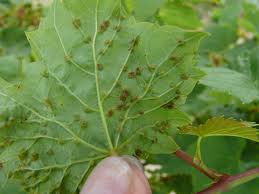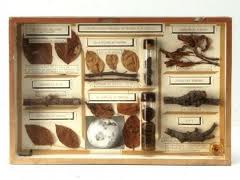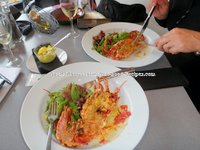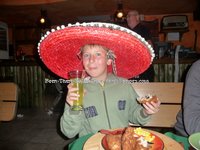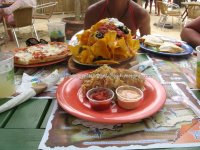|
THE PHYLLOXERA EPIDEMIC
(it continues from Ancestors) It was the phylloxera epidemic in the late 19th century what shaped the story of my family and of many other families worldwide.
This plague started in the Rhône region and affected “... the world’s traditional winegrowing: within several years Phylloxera had spread to all the major European winegrowing areas. Within a decade it had begun devastating California. Winegrowers in Australia, South America, Algeria and South Africa prepared their defences in anticipation of the bug’s arrival on their shores. In the end, the entire winegrowing world was not only affected but transformed – agriculturally, economically and socially – by the plague. Effects of the disaster rippled out from the vineyards into their embedding cultures at large, invoking such large-scale consequences as rural depopulation and massive emigration. Even recent troubles in places like Algeria and the former Yugoslavia have their roots in the Phylloxera disaster....Battling it to a standstill took 30 years of all-out warfare, from 1870–1900....” although it carried on devastating vineyards at a slower pace for a long time afterwards, and according to some, is still latent (http://cas.umkc.edu/philosophy/gale/proofs.pdf). Apparently, the Victorian botanists in England inadvertently brought the insect with their vine specimens from America, where the vineyards were resistant to it. The plague destroyed Britain vineyards and then moved to mainland reaching the Rhône region and starting a wine catastrophe. The French tried frantically to save their vineyards. Rumour has it that they even buried a toad under each vine to suck the “poison”. But it wasn´t until the hybridization of the endangered Vitis vinifera with resistant species that they managed to keep the quality of their word famous vines protected from further infection, although these hybrids were never critically acclaimed as were the traditional ones.
By 1895-1900, this plague was affecting the vineyards in Bol, in the Croatian island of Brač. The Petric’ family was passing through very difficult times, since vineyards were their sole source of maintenance. Ivan Petric’ had to witness how 5 of his 8 children, as well as most young men from the village, left Bol to go and try fortune in America. They were: Lukas, Petar, Sinisa, Francisko and Dinko Petric’. Ivan (junior) and his two sisters María and Jiela stayed in Bol. Read about the family reunion with my Croatian counterparts three generations later... - Go from Phylloxera Epidemic to Reunion in Brač |



